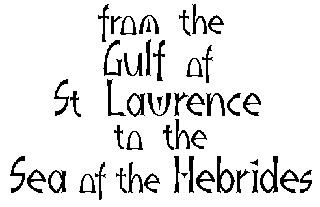
from the Gulf of St Lawrence to the Sea of the Hebrides
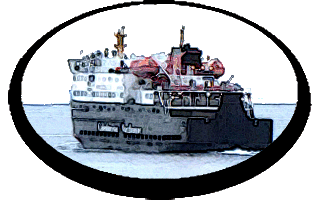

7 October 2012
The North Atlantic Arc Home
| .August. | September | .October. |
| S | M | T | W | T | F | S |
| 24 | 25 | |||||
| 26 | 27 | 28 | 29 | 30 | 31 | 1 |
| 2 | 3 | 4 | 5 | 6 | 7 | 8 |
| 9 | 10 | 11 | 12 | |||
| 4 | 5 | 6 | ||||
| 7 | 8 | 9 | 10 | 11 | 12 | 13 |
| 14 | 15 | 16 | 17 | 18 | 19 | 20 |
| 21 | 22 | 23 | 24 | 25 | 26 | 27 |
| 28 | 29 | 30 |
 |
|
Sunday 7 October 2012--We're headed to Edinburgh today, and have some time to roam on the way. Win has scouted out a couple of relatively
obscure antiquities (which is to say that I've never heard of them) in the Northumbrian countryside, so off we go. We drive north past Bamburgh Castle,
then southwest into the hills. Soon we are tromping across fields on the gentle eastern slope of Chattonpark Hill. There are earthworks and other
remnants of a settlement here, including a number of cup-and-ring-marked stones, most of it obscured by tall grass.
We descend the steeper north face of the hill, and pass by the Ketley Stone. It looks like either a tiny baptismal font, or the largest cup-and- ring mark ever. Our main objective is farther east, along a string of crags. It takes a bit of meandering back and forth through the bracken to find it. A large cup-and-ring-marked stone lies in the shelter of an overhanging rock, the whole looking rather like a giant clamshell. It's very impressive (and a challenge to photograph). Win pays homage with his flute. We make our way back to the car and drive northwest to the tiny village of Duddo. From there, a trail leads north to Duddo Stone Circle, atop a modest hill in the middle of a farmer's field. Hunting down lesser-known sites like this can be a bit of trick-or-treat. When you visit Stonehenge or Callanish, you know you're going to see something special. As often as not, the search for minor circles and such turns out to be little more than a good excuse for a walk. That's perfectly okay with me. Now and then you get a pleasant surprise, and Duddo, while not really spectacular, is one. Five of the original seven stones remain. A nearby interpretive board notes that one of the stones was removed in the 19th century to permit plowing through the interior of the circle (and later restored), and I can't help but think that it's amazing that it survived at all. Many such sites were destroyed in the Middle Ages by folk who thought they were intolerably pagan. There must be many more that were cleared away by farmers simply because they were in the way, or because there was another use for the stone. Cross the border at Coldstream and arrive at our lodgings in Edinburgh at about 5:00. After a quick dinner at the Bailie Bar, we make our way to the Bow. None of the usual suspects are in, so I take Win on a short literary pub tour. The Oxford Bar is, of course, the hangout of Ian Rankin's Inspector Rebus, and the Cumberland Bar appears occasionally in Alexander McCall Smith's 44 Scotland Street series. These two authors portray very different aspects of Edinburgh, equally fascinating and equally valid. It would be impossible, I suppose, for the grizzled Rebus to meet six-year-old Bertie of Scotland Street; but not for Rankin himself, and that has indeed happened. Next |
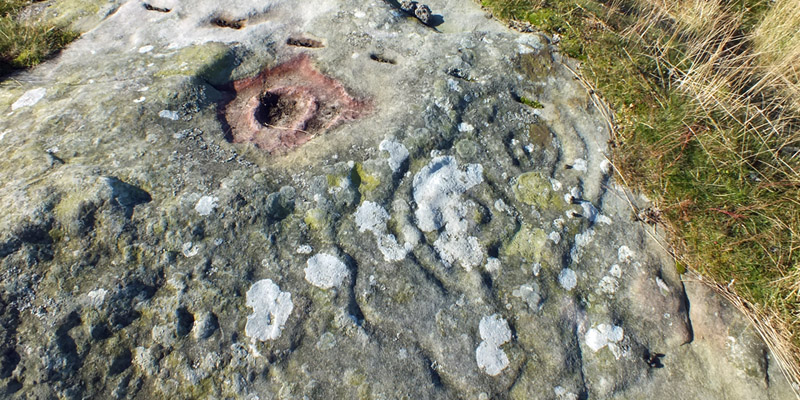 |
Chattonpark Hill
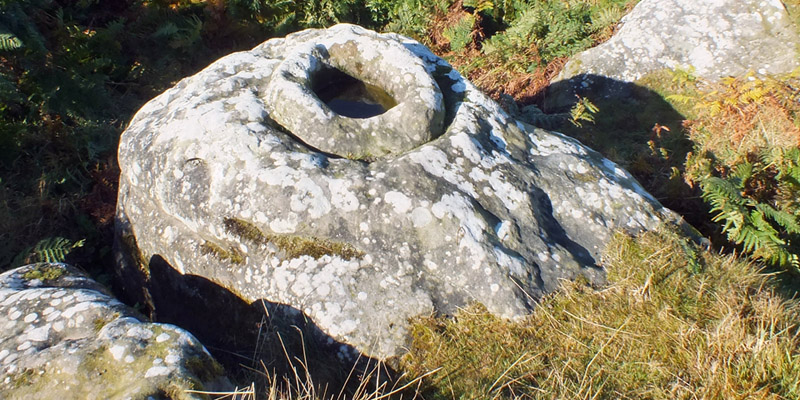 |
Ketley Stone
 |
Ketley Stone
 |
Ketley Ridge
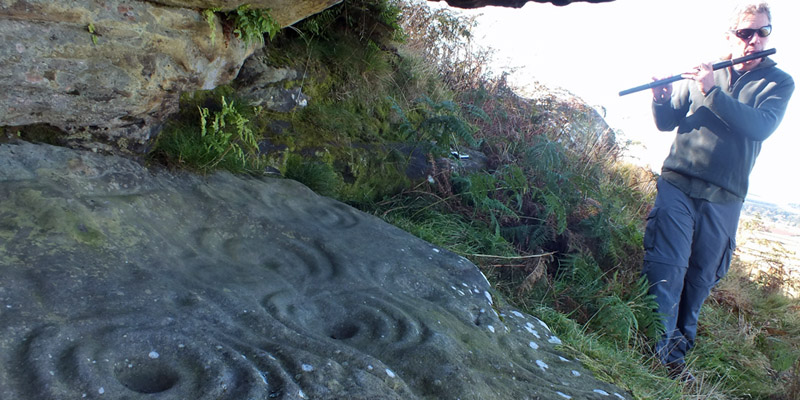 |
Ketley Ridge
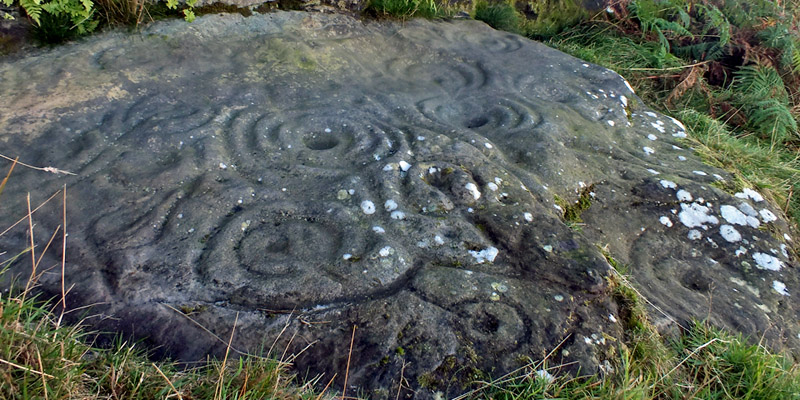 |
Ketley Ridge
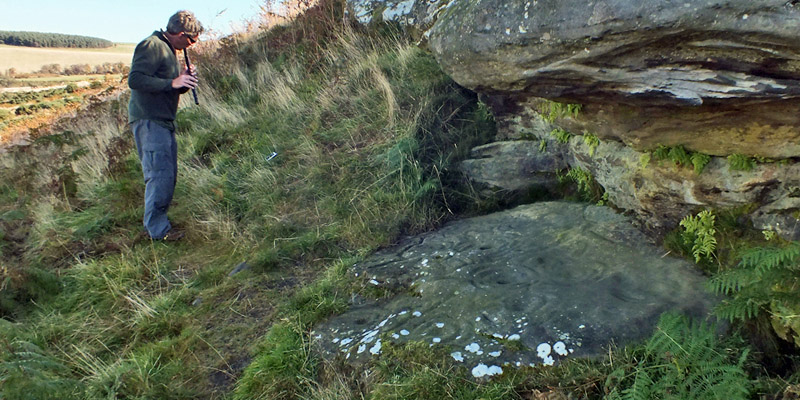 |
Ketley Ridge
 |
Duddo
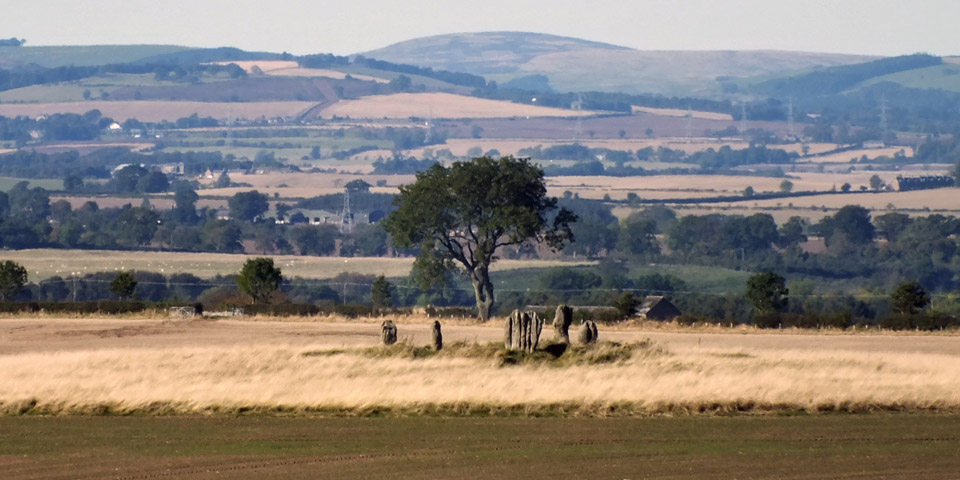 |
Duddo Stone Circle
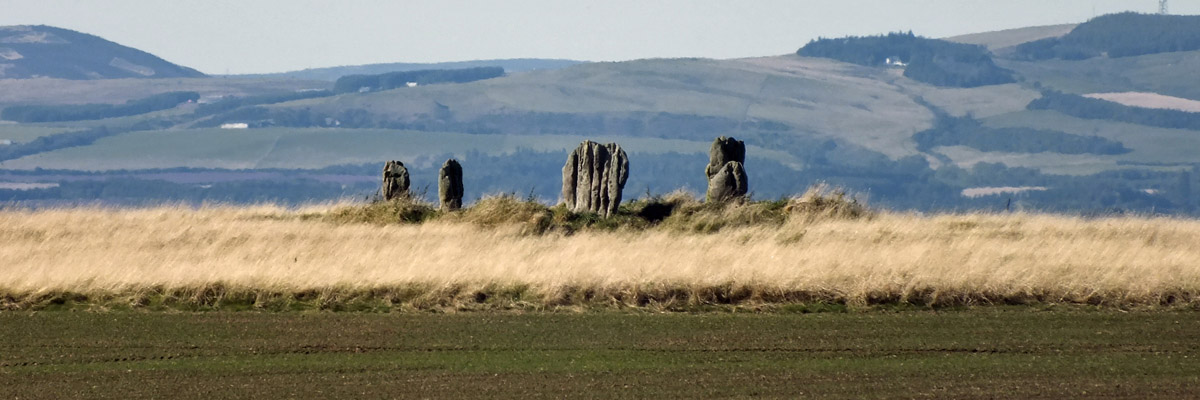 |
Duddo Stone Circle
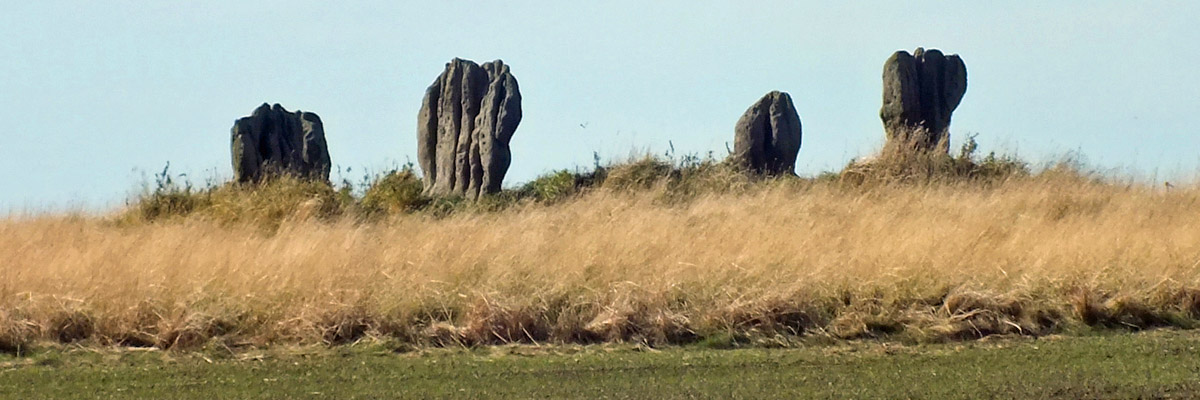 |
Duddo Stone Circle
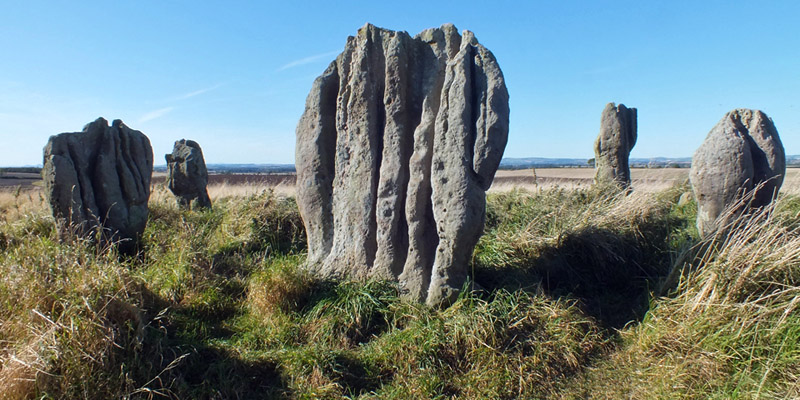 |
Duddo Stone Circle
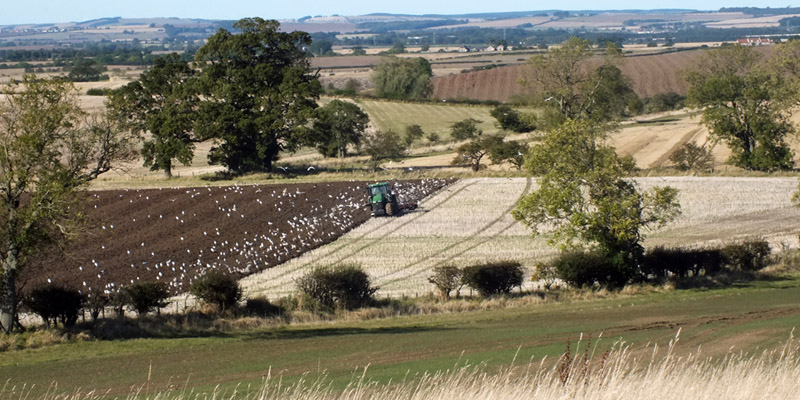 |
Plough & Gulls
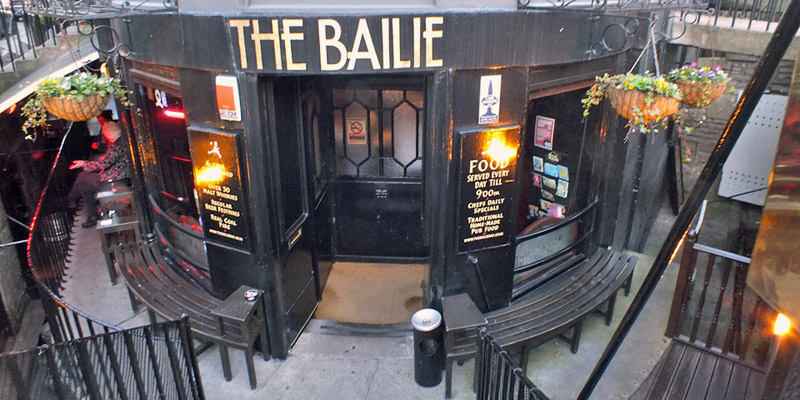 |
The Bailie
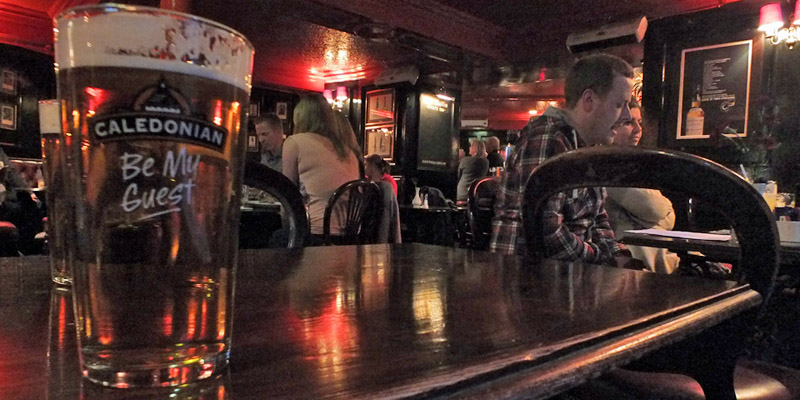 |
The Bailie
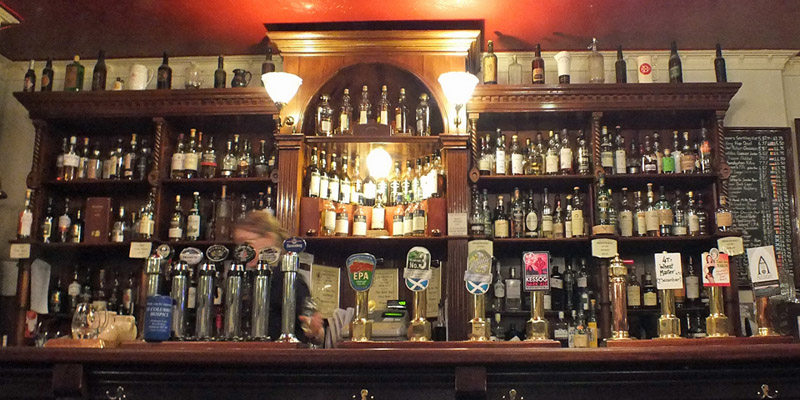 |
The Bow Bar
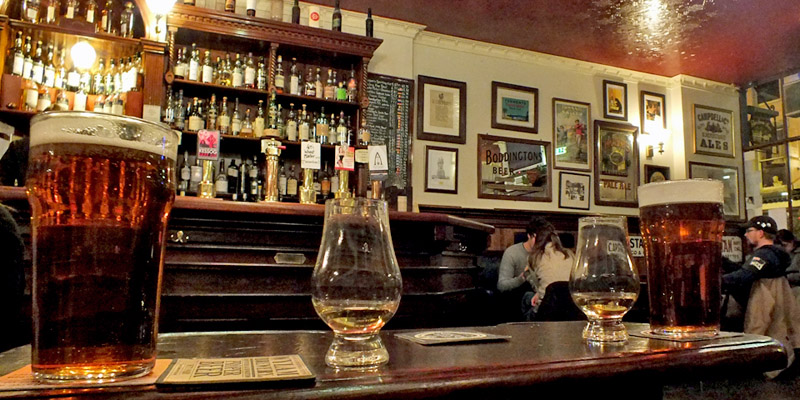 |
The Bow Bar
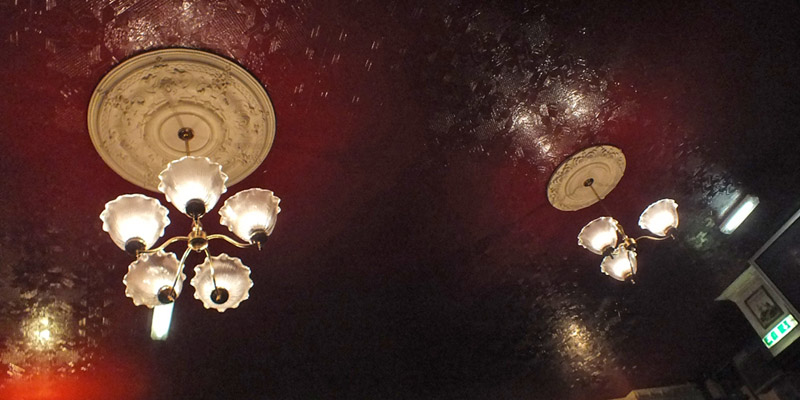 |
The Bow Bar
 |
The Oxford Bar
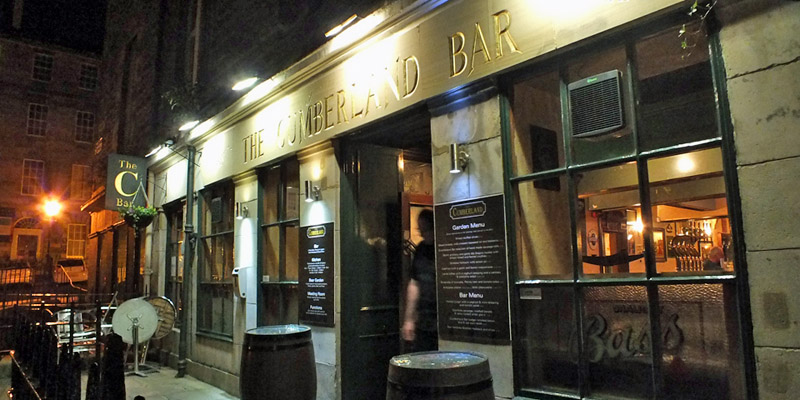 |
The Cumberland Bar
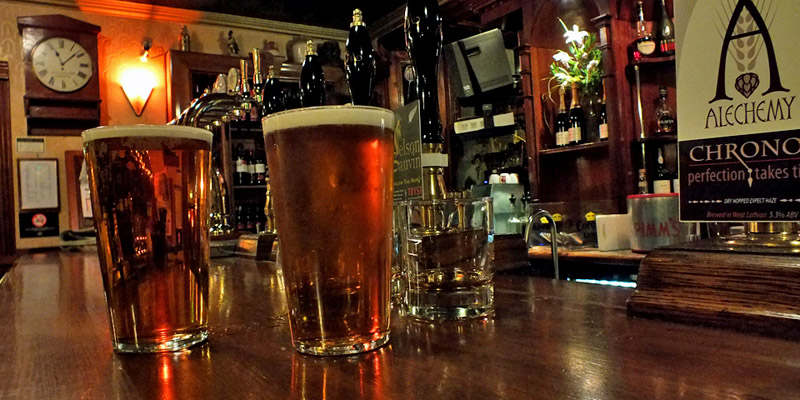 |
The Cumberland Bar
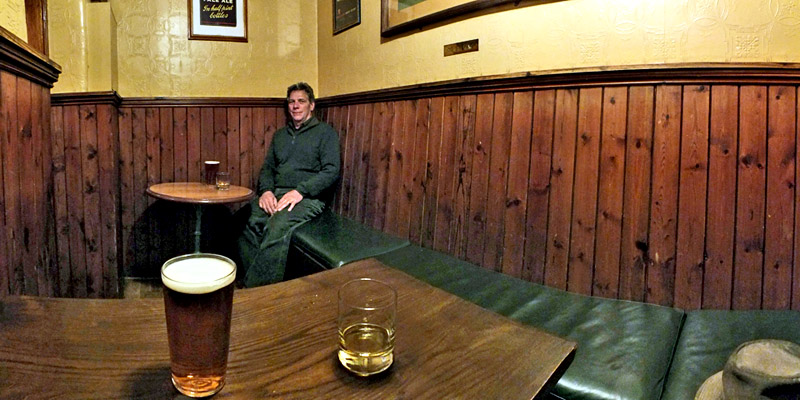 |
Win In The Snug
 |
Win In A Pint
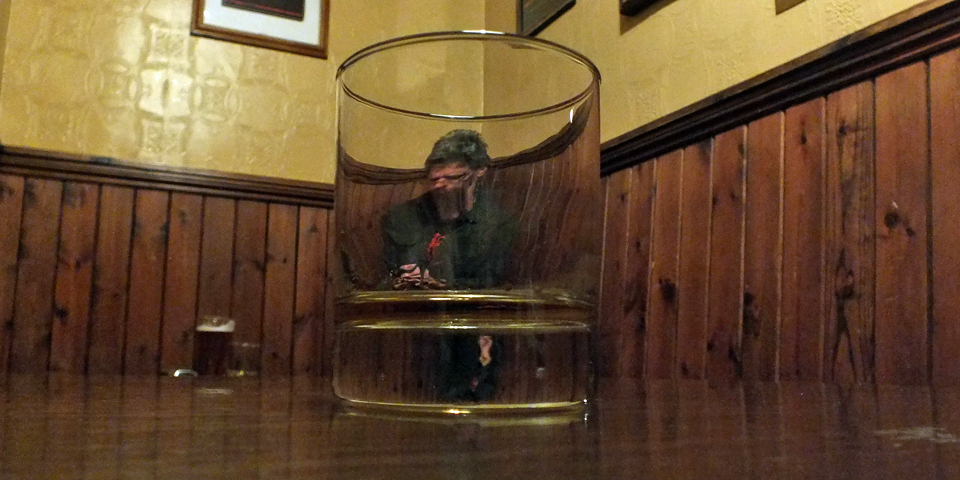 |
Win In A Dram
Today's Route
Next
| .August. | September | .October. |
| S | M | T | W | T | F | S |
| 24 | 25 | |||||
| 26 | 27 | 28 | 29 | 30 | 31 | 1 |
| 2 | 3 | 4 | 5 | 6 | 7 | 8 |
| 9 | 10 | 11 | 12 | |||
| 4 | 5 | 6 | ||||
| 7 | 8 | 9 | 10 | 11 | 12 | 13 |
| 14 | 15 | 16 | 17 | 18 | 19 | 20 |
| 21 | 22 | 23 | 24 | 25 | 26 | 27 |
| 28 | 29 | 30 |
The North Atlantic Arc Home
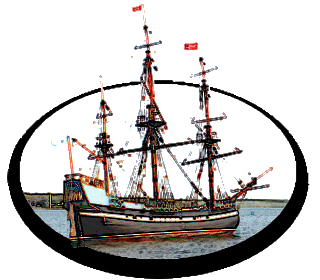
Mr Tattie Heid's Mileage
Results may vary
MrTattieHeid1954@gmail.com